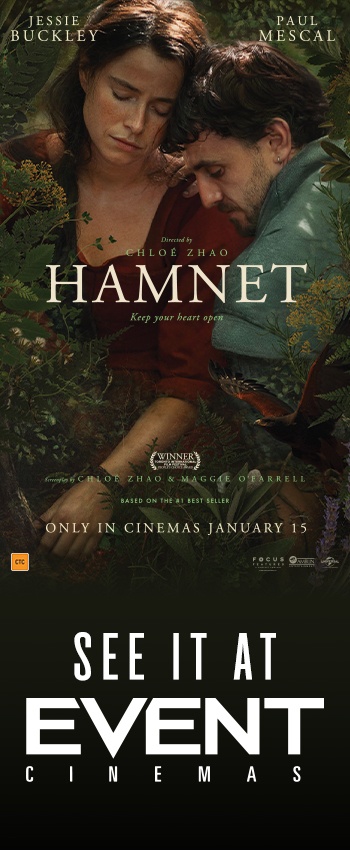First thing’s first: you don’t need to know a thing about surfing to love this film. You’ll quickly catch on to the slang, and to the sport. Director Christopher Nelius knows how to make a great surf documentary. And while GIRLS CAN’T SURF is about women’s surfing in the 80s and 90s, this is a film that’s absolutely for anyone and everyone.
However, it is definitely worth seeing it in the cinemas. The waves these women surfed are enormous, and best captured on the big screen. Those beautiful beaches are honestly such a feast for the eyes, especially since none of us can really see them in person at the moment.
The 80s and 90s were a tough time for women surfers: personally, professionally, and financially. Sponsors were only interested in the reigning world champion, and only if she was tall, thin, and blonde. Lesbian and bisexual women had to stay firmly in the closet. The prize money was a fraction of what men were winning. The costs to compete weren’t any less. And every time professional surfing fell on hard times, the women’s competition was always first on the chopping block. The bikini competition was considered far more important.
GIRLS CAN’T SURF follows the lives and careers of women who were all told, over and over, exactly that:
And these women, hailing from Australia (Jodie Cooper, Pam Burridge, Layne Beachley), the USA (Frieda Zamba, Lisa Andersen, and sisters Jorga and Jolene Smith) and South Africa (Wendy Botha), all said: ‘F@#k that!’
This documentary has a killer soundtrack, featuring some iconic feminist punk music. The opening credits look like vintage graffiti, smeared across the cinema screen. The excitement of these first few moments is infectious. And then the film starts. Right away, we’re hit by the beach fashion of the 80s: deep tans, peroxide blonde hair, and high-cut, fluro bathers.
There’s plenty of footage of men explaining – at length – that girls just can’t surf. The cinema audience and I cackled loudly at each and every one of them. The documentary chooses not to share their names. A kind decision. They are in stark contrast with the surf journalists – all men – who now call out the behaviours of past colleagues.
But of course at the heart of GIRLS CAN’T SURF, are the women who proved everyone wrong. They’re incredible women, world champion athletes. Their stories are amazing, surprising, always entertaining. Occasionally upsetting. They tease each other, remembering the old rivalries. They all still love surfing, and some of them teach it now. Sometimes they teach women their own age: the women who used to stand quietly on the beach, watching their boyfriends surf. Sometimes they teach little girls, who take it for granted they are just as capable as little boys.
GIRLS CAN’T SURF follows the stories of women who didn’t ask to surf professionally: they demanded it. And they achieved it by working together. It’s a lesson worth remembering.
And if allure of surfing history isn’t enough, there’s also gorgeous beaches, awe inspiring surfing, and some absolutely incredible women.
Rating: 7/10




